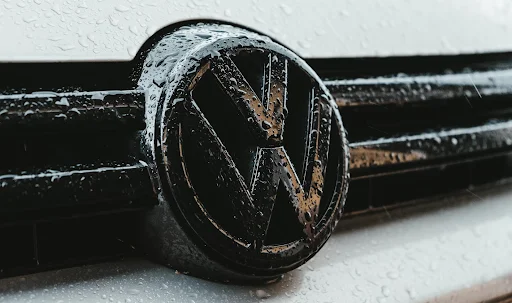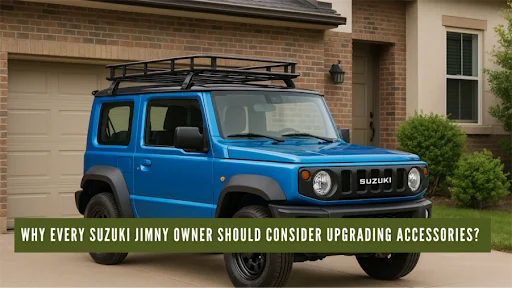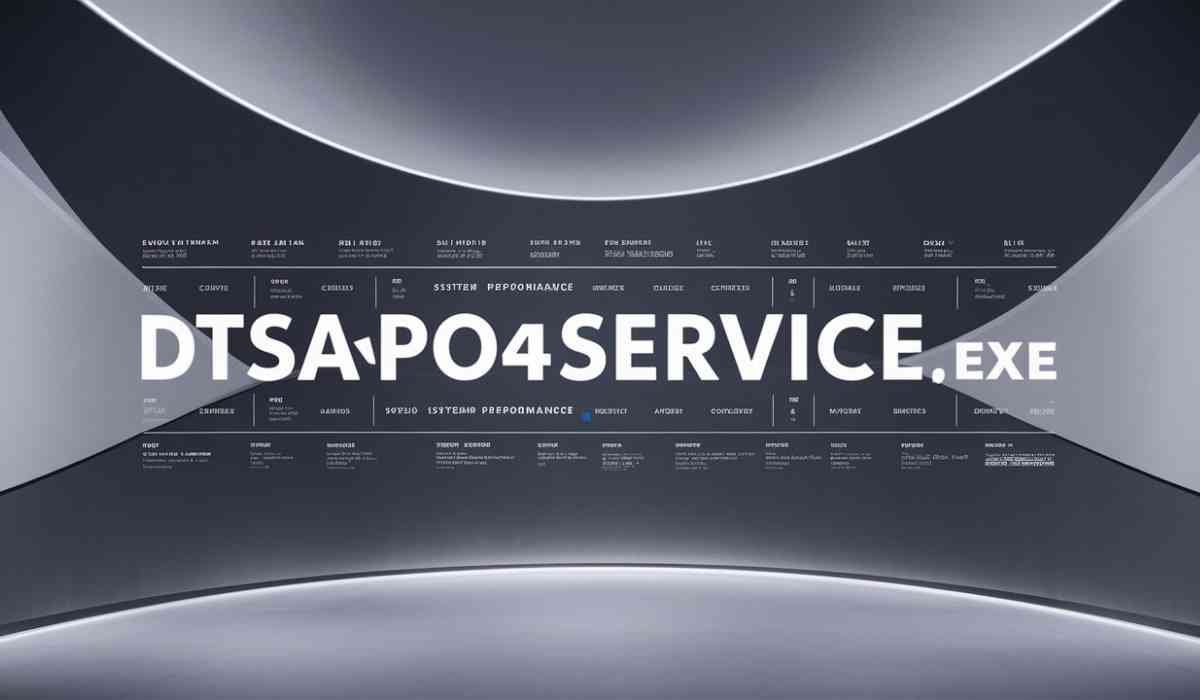When it comes time to move across states or even just a few hundred miles, one of the biggest questions people face is how to transport their vehicle safely and affordably. Whether you’re relocating for work, heading off to college or simply buying a car from another city, figuring out the best transportation method can feel like a puzzle. The two most common options people consider are using a tow dolly or choosing full auto transport. Each has its own pros and cons, and understanding them can help you make the right call for your situation.
Understanding Your Options
A tow dolly is a small trailer designed to lift only the front wheels of your vehicle off the ground while the rear wheels stay on the road. It’s commonly used by DIY movers who want to haul their car behind a moving truck. On the other hand, auto transport involves placing your entire vehicle on a large truck or trailer, keeping it completely off the road during transit. Both methods get the job done but the differences can significantly affect your car’s safety, convenience and cost.
Convenience and Ease of Use
One of the main reasons people consider a tow dolly vs auto transport debate is convenience. Using a tow dolly might sound like a budget-friendly and flexible option but it often requires more work and responsibility. You’ll need to ensure your vehicle is compatible with the dolly — not all cars are. Rear-wheel drive and all-wheel drive vehicles, for example, can suffer damage if towed incorrectly.
Auto transport, on the other hand, takes most of the stress out of the process. Professional drivers handle loading, securing and delivering your vehicle. You don’t have to worry about attaching equipment, checking tire pressure or ensuring your car is balanced properly. For people who don’t feel comfortable managing a trailer on long drives, auto transport offers peace of mind and simplicity.
Cost Comparison
Cost is always a big factor when deciding how to move your vehicle. In most cases, renting a tow dolly is cheaper upfront than hiring a transport company. However, the savings may not be as significant as they seem once you factor in additional costs — such as fuel, mileage on the moving truck, wear and tear, and potential repairs from improper towing.
With auto transport, the cost depends on factors like distance, vehicle size and whether you choose open or enclosed shipping. Open transport is the most popular and affordable option, while enclosed shipping offers added protection for luxury or classic cars. Even though it may cost more, the convenience and reduced risk often make it worth the investment.
Vehicle Safety and Protection
This is where tow dolly vs auto transport really stands apart. When using a tow dolly, your vehicle’s back tires remain on the road throughout the journey. That means exposure to road debris, weather and extra wear on the tires and suspension. There’s also the possibility of the straps loosening during travel which can lead to damage if not checked frequently.
Auto transport, especially enclosed transport, provides the highest level of protection. Your vehicle is secured inside a trailer or on a flatbed, away from any contact with the road. It’s also handled by trained professionals who know how to load and secure cars of all types. This method greatly reduces the risk of scratches, dings or other damage during transit.
Distance and Driving Experience
If you’re moving locally or within a few hundred miles, a tow dolly can make sense. It’s manageable for short distances and you’ll have more control over your schedule. However, for long-distance moves — like across multiple states — towing can quickly become exhausting and even dangerous if you’re not experienced with pulling a trailer.
Auto transport is ideal for longer trips. It saves time, reduces fatigue and prevents unnecessary wear on both your moving vehicle and your car. You can fly or drive separately to your destination, knowing your vehicle will arrive safely.
Environmental Considerations
It might not be the first thing that comes to mind but how you move your car can also impact the environment. Driving or towing a vehicle over long distances consumes more fuel than shipping it with a professional service that carries multiple vehicles at once. By reducing the number of vehicles on the road, auto transport can help lower overall emissions for long-distance moves.
Making the Final Choice
So, how do you decide which option is best for you? If you’re looking for a cost-effective solution for a short move and your car is compatible, a tow dolly might be enough. But if you’re transporting your vehicle over a long distance, value safety and convenience, or own a high-end car, auto transport is the better choice.
The decision ultimately depends on your budget, comfort level and how much effort you want to put into the move. In most cases, paying a little extra for professional transport brings greater peace of mind and ensures your car arrives in the same condition it left.









